Socialists and pro-European parties did far better than expected and the far-right will stay a (divided) minority.
Aside from Labour’s disappointing results in last week’s European elections in the UK, Socialists and other pro-European parties across Europe did far better than had been predicted. Below is an overview of what the new European Parliament (EP) is going to look like, and what it means for the 2019-2024 legislative term that begins on 2 July.
First, let us note the increase in turnout, up on average by 8.3% across Europe to reach 50.3%. Compared to 2014, where turnout was at an all-time low (42%), the 2019 elections mark the highest turnout in the last 20 years. Clearly, citizens across the EU do care about EU cooperation and the added value of acting together at EU level to tackle climate change, improve workers rights, keep citizens safe and so on.
Second, let us look at the changes in political balance. The key features are a small reduction in the size of the Socialist (S&D) Group, and an increase in the size of the Liberal (ALDE) and Green Groups, while the centre-right EPP declined and the (fragmented) far-right failed to make the breakthrough they were expecting.
Results for the Socialists varied from country to country. The French Socialists, German Social Democrats and British Labour Party all lost approximately half of their MEPs, but Socialist parties came first in Spain, Portugal, the Netherlands, Sweden and Malta. Overall, this means that S&D Group has 153 MEPs and remains the second-biggest political group after the centre-right European People’s Party (EPP). However, the S&D will still be indispensable for building majorities on legislation. Its bargaining power at the pivotal position in the Parliament will still be crucial.
The Liberals gained especially in Britain and France. Although President Macron’s party narrowly lost to the far-right Rassemblement National party (formerly le Front National) of Marine Le Pen, it wins in Europe: the 21 En Marche MEPs now form the largest national delegation in Guy Verhofstadt’s liberal ALDE group, which becomes the third largest in the Parliament. (As a by-product, French influence within the two biggest political groups in the EP, namely EPP and S&D, will significantly drop due to French conservatives and socialists losing more than half of their seats in the election.)
A big change in the Parliament’s political composition is due to Green parties gaining eight seats in Germany, six in France, five in the UK, two in Ireland and one each in the Netherlands, Belgium, Denmark, Lithuania, Finland and Portugal. This increases the Green group from 52 to 69 seats, making it the fourth largest political group. We can expect several important roles in the EP to go to the Greens, just as environmental concerns are rising across the continent. However, the Green’s weakness is that they are almost entirely a west European phenomenon and are scarcely present in eastern Europe, other than Lithuania. And even in the west, they are not often in government. As a result, they are not represented at all in the other key European institution, the European Council (composed of Europe’s Prime Ministers/Presidents): out of the 28 Heads of State and Government present, ALDE and EPP both have nine each and S&D has five.
Contrary to what Farage’s Brexit Party and far-right politicians are trying to spin, Parliament’s eurosceptic and far right groups failed to make major gains relative to their score in 2014. Nigel Farage’s EFDD group, Marine Le Pen’s ENF and Theresa May’s ECR collectively gained 22 seats.They rarely manage to act together, and their frequent absenteeism from the Parliament, mean that their influence will be marginal.
What to look out for in the coming weeks? The first thing the European Parliament does, after electing its own President (Speaker) and officers, is elect the President of the Commission. The procedure is that the European Council makes a proposal, based on the European election results and the composition of the Parliament, and Parliament votes to elect or reject the nominee. Parties put forward their candidates ahead of last month’s elections (and there were televised debates among them, though scarcely noticed in Britain). Manfred Weber is the candidate of the EPP, which won the most seats, but the Socialist candidate, Frans Timmermans, seems better placed to assemble a coalition of Socialists, Greens and Liberals.
As to other top jobs (including the Presidency of the European Council and the EU’s Foreign Affairs Representative), the European leaders and the European Parliament will be trying to find a compromise such that there is a reasonable overall political, geographical and gender balance. Not an easy task!

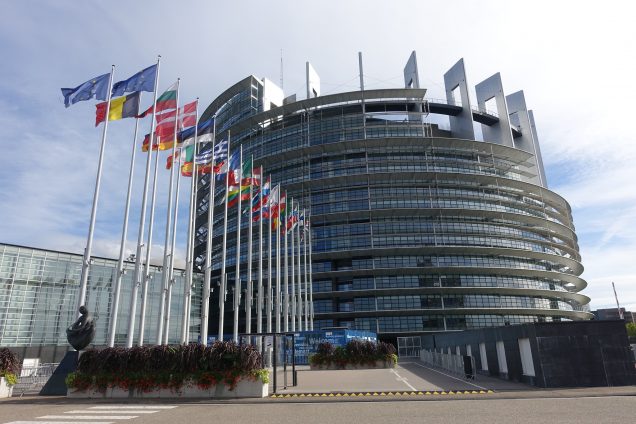
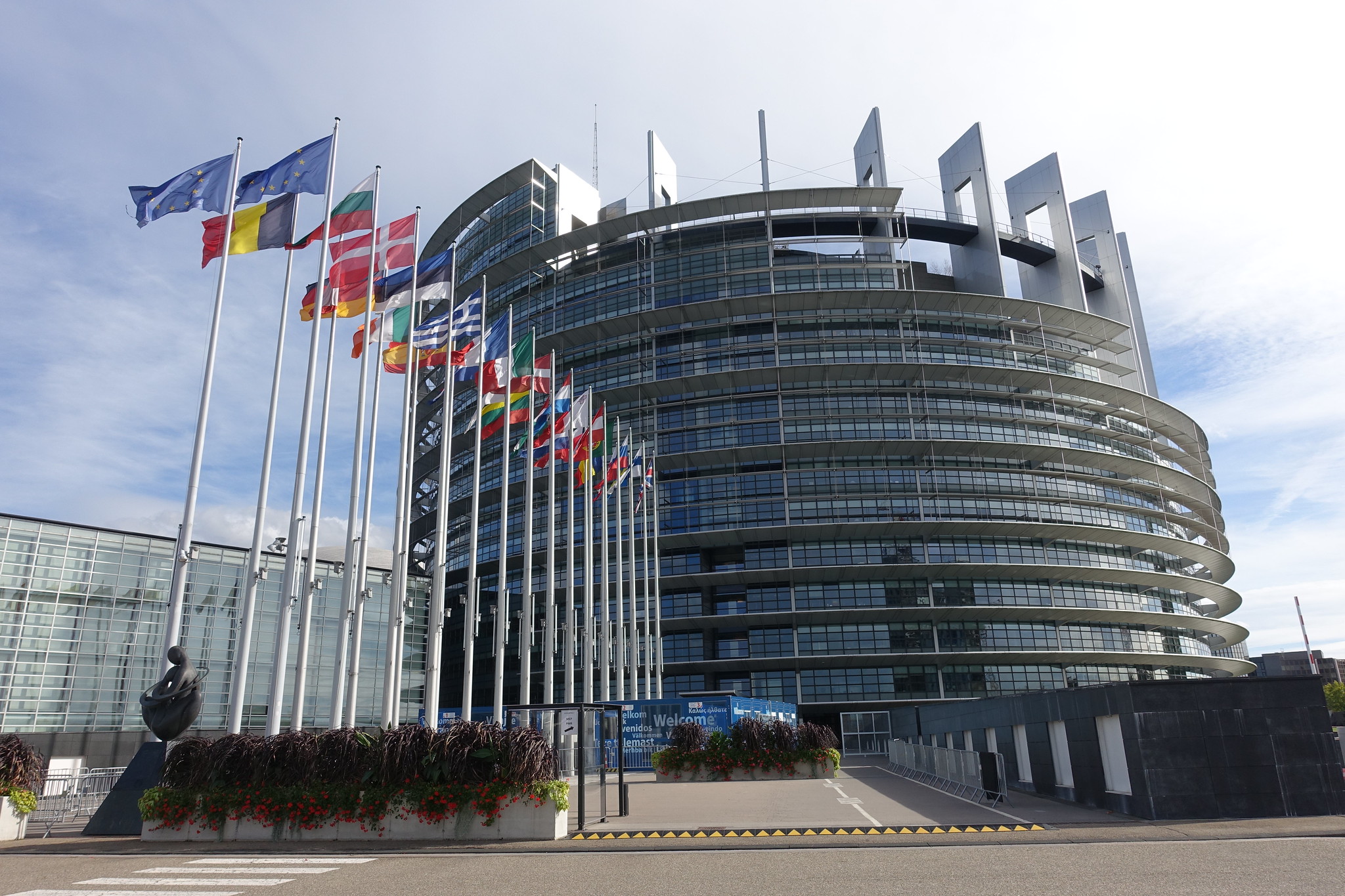
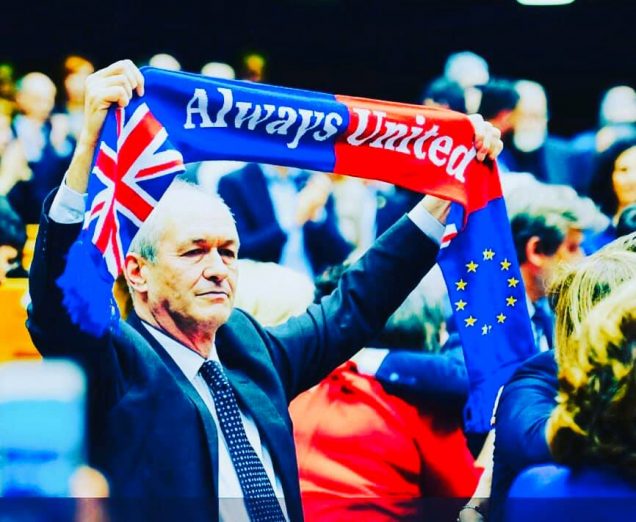
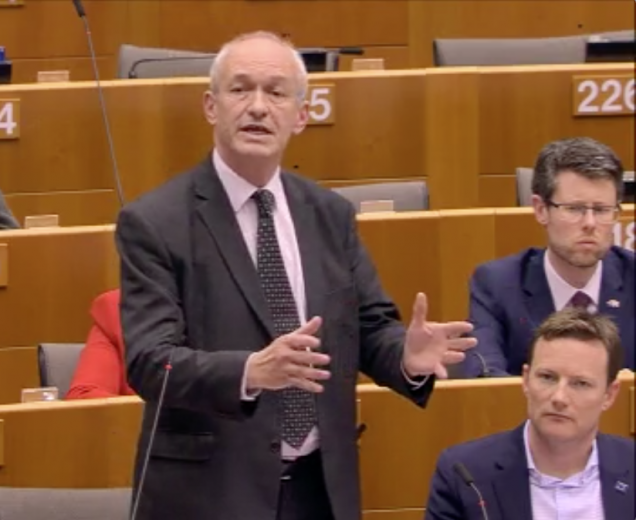
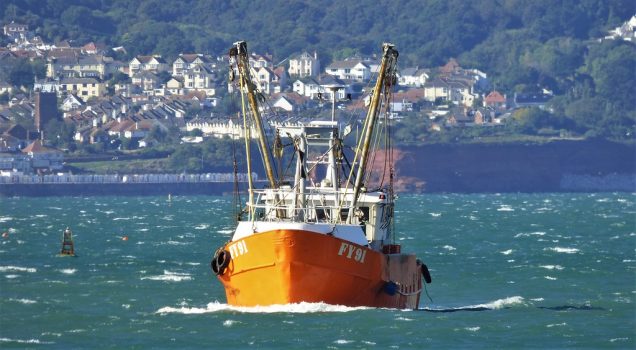
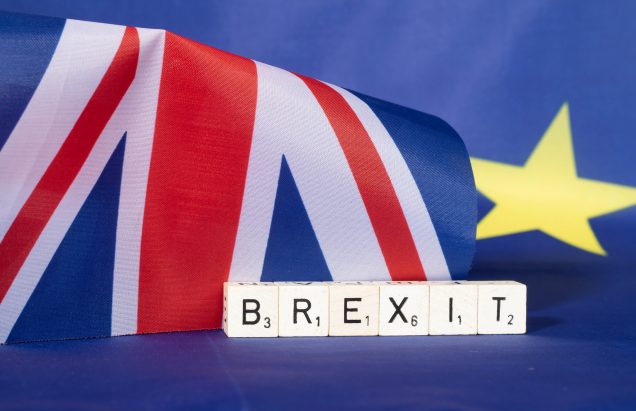
6 Comments